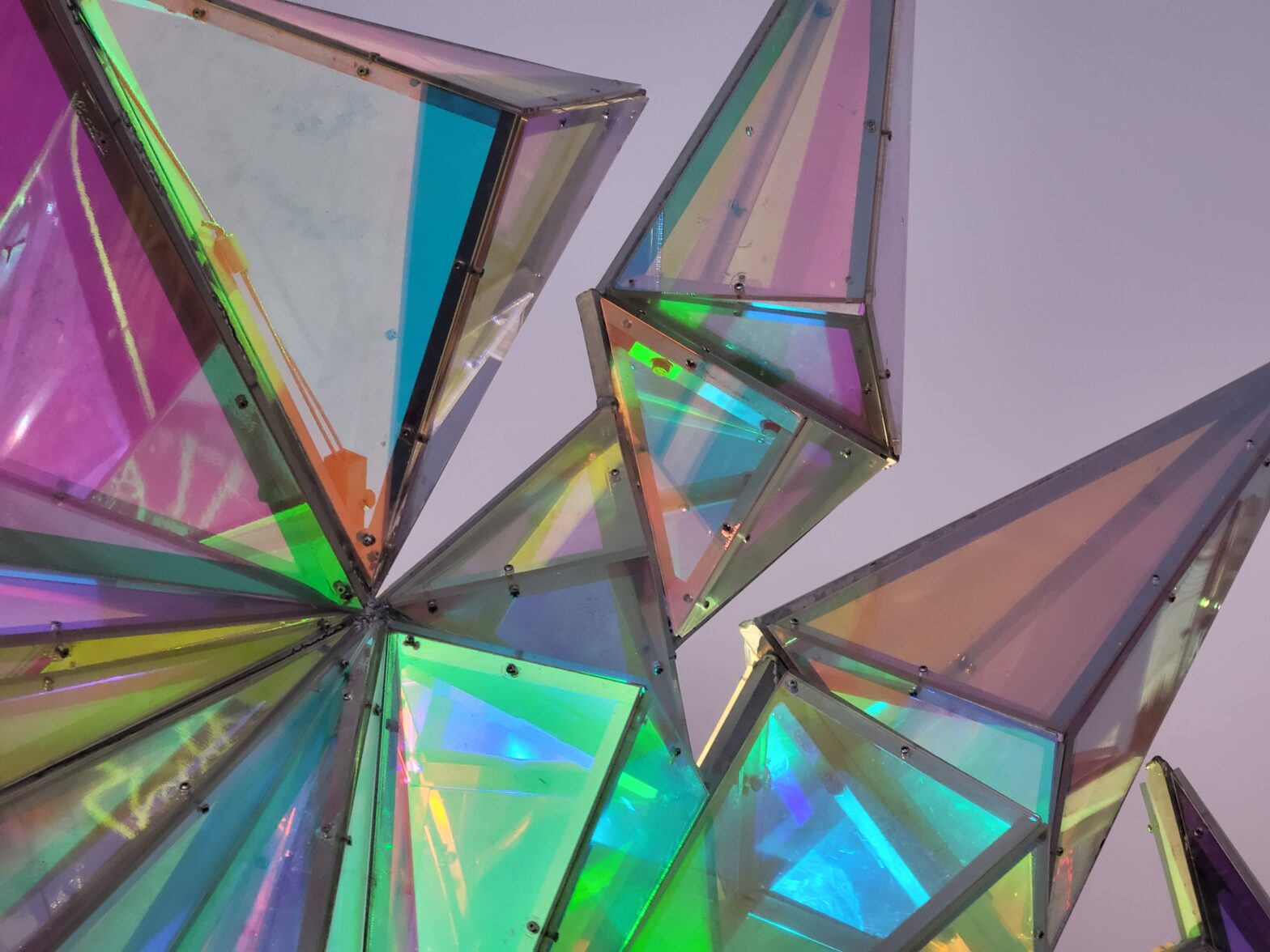Last summer I got to travel to Uzbekistan with some friends from the area, and we were randomly invited to visit the house of one of the five richest families in the country. However incredible you may imagine the house, I promise you it was even more amazing. The courtyard could have fit several tennis courts inside it, it had a museum in the basement, the foyer was bigger than several copies of my apartment in it, and the front door was made of inlaid metals and stood 30 feet tall.
It was easily the nicest house I had ever seen the inside of and yet… it had terrible light bulbs.
A year later and I’m still thinking about it. The house was incredible and the product of excellent taste, but no one noticed that the light bulbs were bad. The house would have literally felt twice as nice to be in if they had the right light bulbs.
Today I brought a new light bulb for the fixture in my tea teacher’s tea room. People were stunned at how much better the room looked with the new bulb and asked for details so that they could get better bulbs.
Getting good light bulbs isn’t hard, but it seems like no one understands what they should be looking for in a light bulb, can’t tell whether they have good light bulbs or not, but will still usually appreciate being in a space that has good ones. So in a massive tangent from anything I’ve ever talked about, today I want to talk about light bulbs.
The most important factor is color temperature. Color temperature (warmth) is expressed in degrees Kelvin (K). Candlelight is about 1500K (orange/yellow), Sunlight is around 5000-6000 (white/blue), and most people choose bulbs between 2700K and 6500K for their house. Traditional incandescent bulbs, not often used these days, were around 2500-2700.
Incandescent bulbs look the best, but use too much power, so we use LED bulbs now. Get 2700K bulbs. If you take one thing away from this post, just replace your bulbs with 2700K bulbs and your house will be much nicer.
In ideal circumstances you would want 4000-5000 when you wake up, 2700 as it gets dark, and maybe even 2200 when you have your lights dim at night. Kitchens and laundry rooms can be cooler, maybe 4000K.
If you really want to optimize (like I have), get color changing bulbs like Philips Hue. Set them to the temperatures I mention above. If you have lights with dimmers, get Philips Warm Glow bulbs. These bulbs are amazing and yet no one has heard of them. They are 2700K when they are at full brightness but dim to around 2200K when they are dimmed. This matches an incandescent bulb fairly accurately. Bulbs that are not color changing or warmglow will look sort of grayish-yellow when they are dim and are very unpleasant.
The next most important factor is Color Rendering Index. This number refers to how complete the spectrum of light which the bulb produces is. For example, the sun has a CRI of 100, since it has every wavelength from red to violet. A really bad bulb might have a very narrow band each of red, green, and blue. That bulb would still look white, but it would be much worse at reproducing colors. Looking at things with bad CRI bulbs is frustrating and they look weird and washed out sometimes. In general try to get something around 90 or above, though you may have to settle for “80+”.
Last, choose the right brightness for your room. Lumens are an accurate measure, but most people think in incandescent watts, and so most LEDs are sold with labels like “60 watt equivalent”. Ideally you want to have several light sources, all with dimmer bulbs. A single 100-watt equivalent bulb will simultaneously feel too bright when you look at it and too dim when you look at the corners of the room. Three 60 watt bulbs in an average bedroom will look much nicer.
If you have a fixture that has many bulbs, get many dim bulbs. If you have fewer fixtures in a large room get brighter bulbs (and, preferably, more fixtures). Shield bulbs behind lamp shades or bounce light off walls or ceilings. Keep lights bright and cool during the day, bright and warm in the afternoon, dim and warm in the evening.
I’d recommend picking the room you use most often (living room or office, probably) and getting the lighting right for it. It’s hard to imagine that it wouldn’t fundamentally change your enjoyment of that room and illustrate just how big of an impact good lighting makes. If you’ve ever been in a restaurant, tea house, or coffee shop that felt warm, welcoming, and comfortable, a lot of that environment was created through good lighting. You can have the same at home.
###
Photo is another cool art piece at Area 15 in Vegas.

Leave a Reply